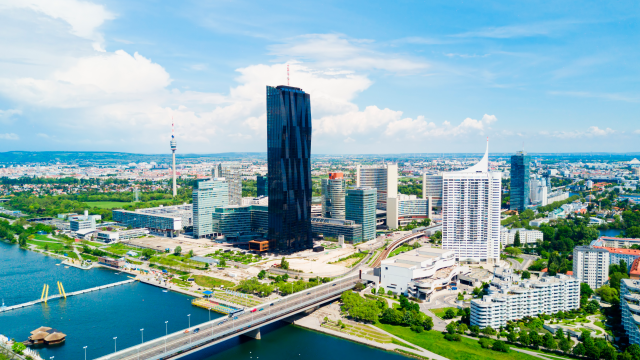Foreign Direct Investment (FDI) inflow to Central, East and Southeast Europe (CESEE) is decreasing due to disinvestment, the Vienna Institute for International Economic...
Tag - wiiw
Several issues are set to make negotiations for the EU’s next Multiannual Financial Framework (MFF), which will run from 2021 to 2027, even more difficult than usual...
There are many motives for China to engage with central and eastern Europe (CEE), not least developing a link between the Port of Piraeus in Greece (which Beijing has...
Seen from Vienna, the strong economic upswing currently evident across much of CEE is particularly welcome. Austria is a small, open economy in the middle of Europe, and...
Employment figures in the Western Balkans were boosted last year by the creation of 231,000 new jobs across the six countries of the region: Serbia, Montenegro...
Growth throughout emerging Europe is the best it has been for six years according to a new forecast published by the Vienna Institute for International Economic Studies...
Looking at the headline numbers, most of EU-CEE, including the Visegrád countries (V4) have done well since the fall of the Berlin Wall. At purchasing power parity, per...
“Political noise notwithstanding, the region’s economies are in a sweet spot, and should continue to ride the booming Eurozone wave this year.” That is the headline of a...
Twice a year, The Vienna Institute for International Economic Studies (wiiw) publishes its macroeconomic forecasts for 22 countries of Central, East and Southeast Europe...









